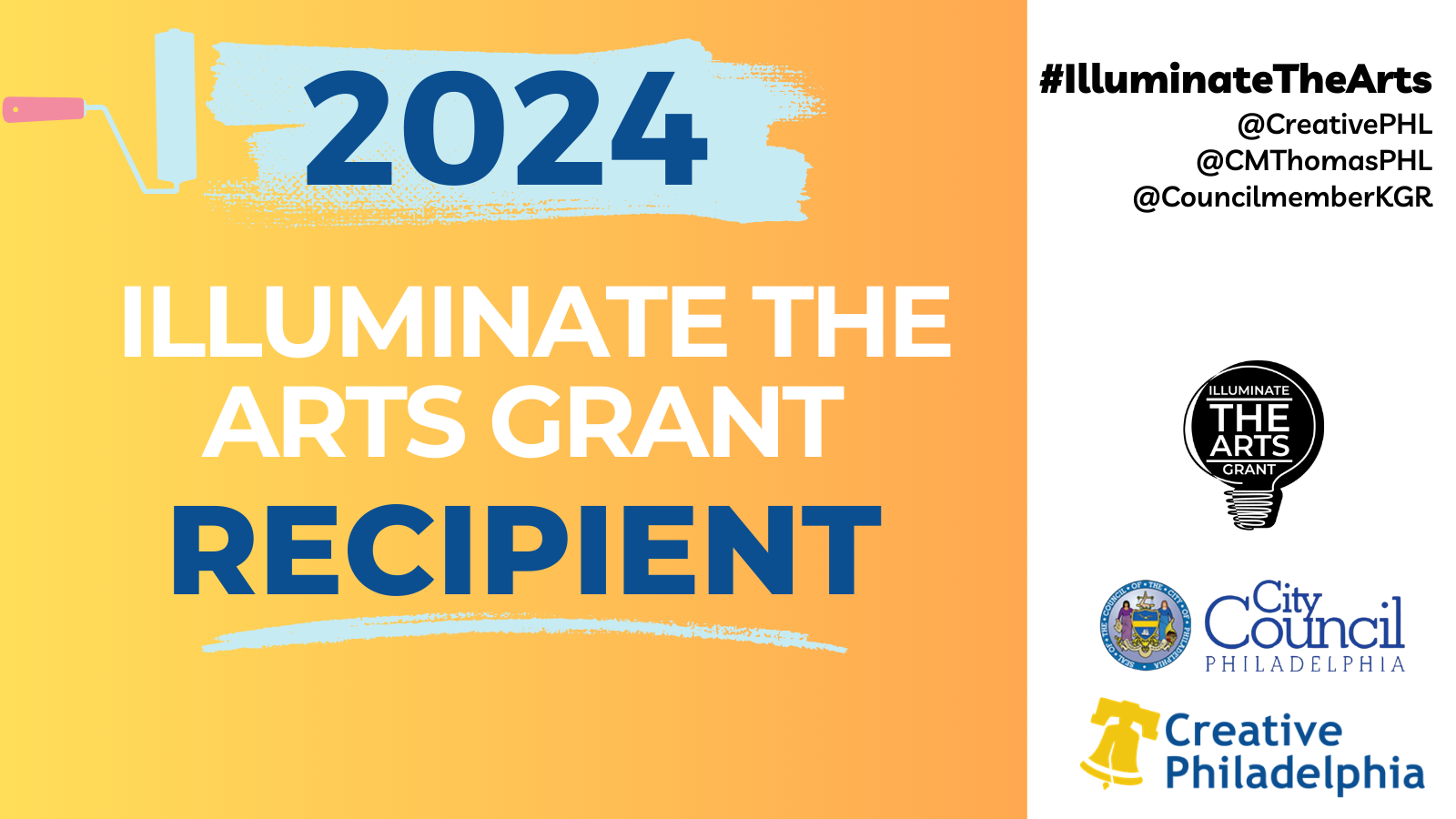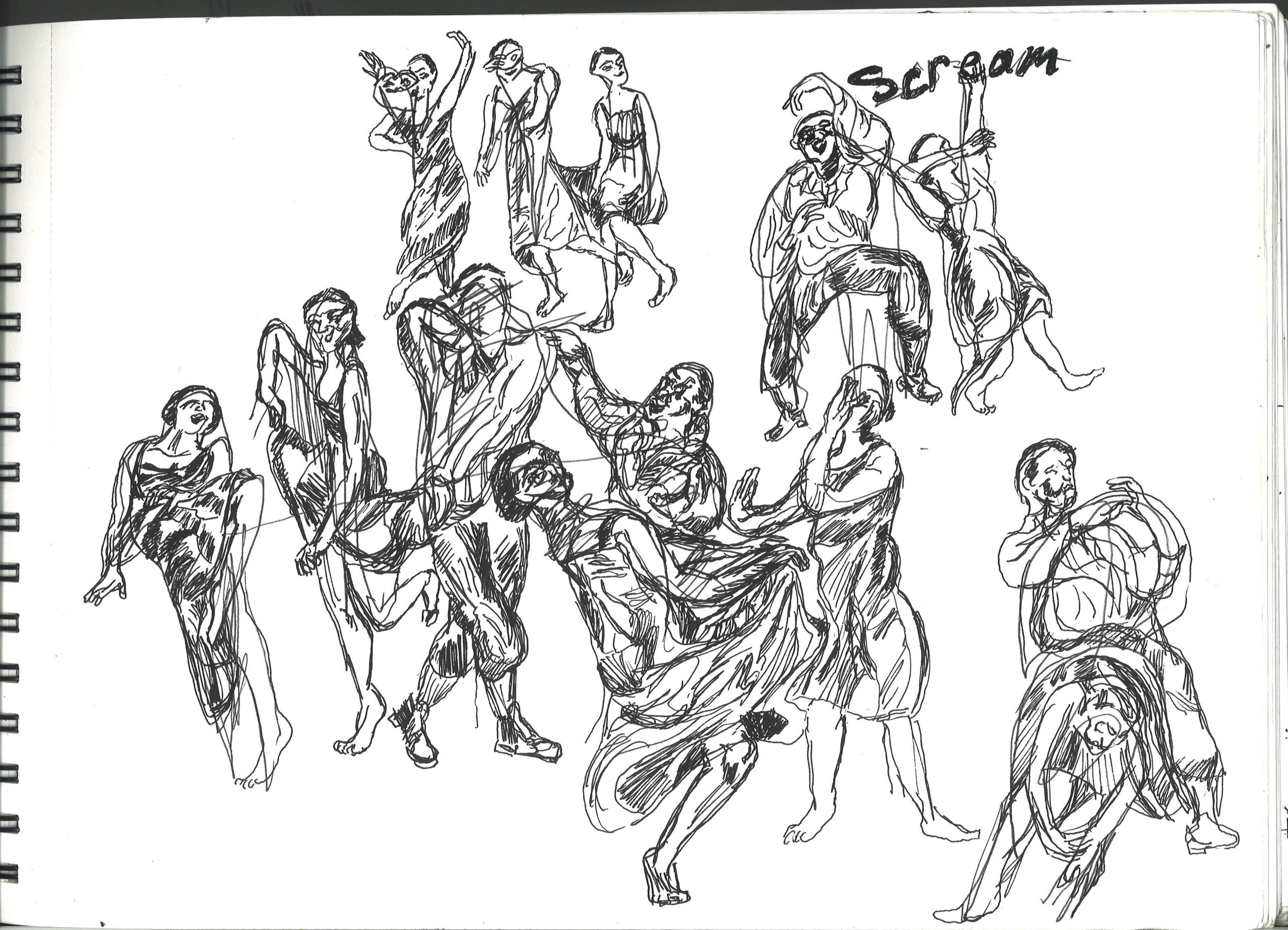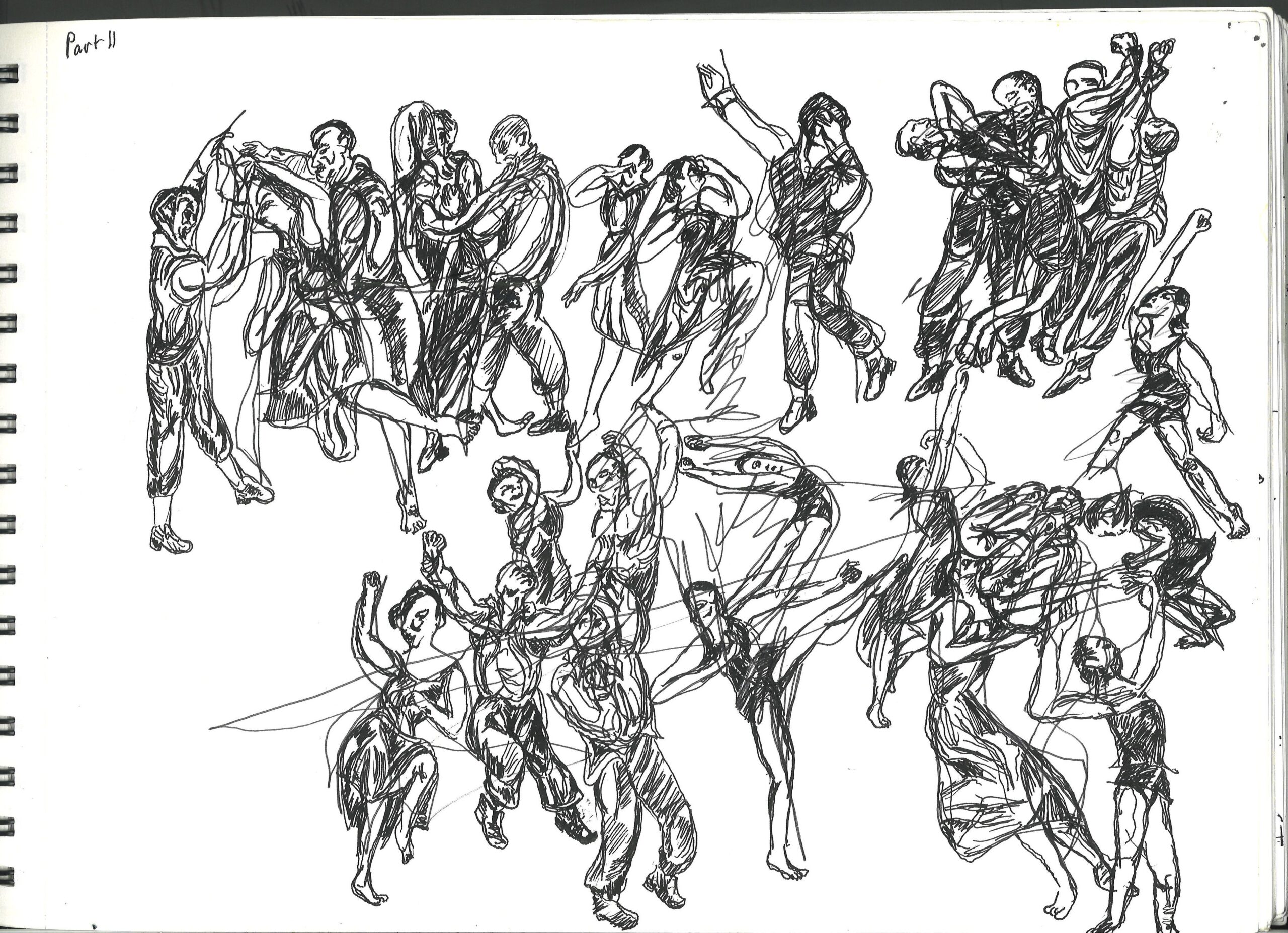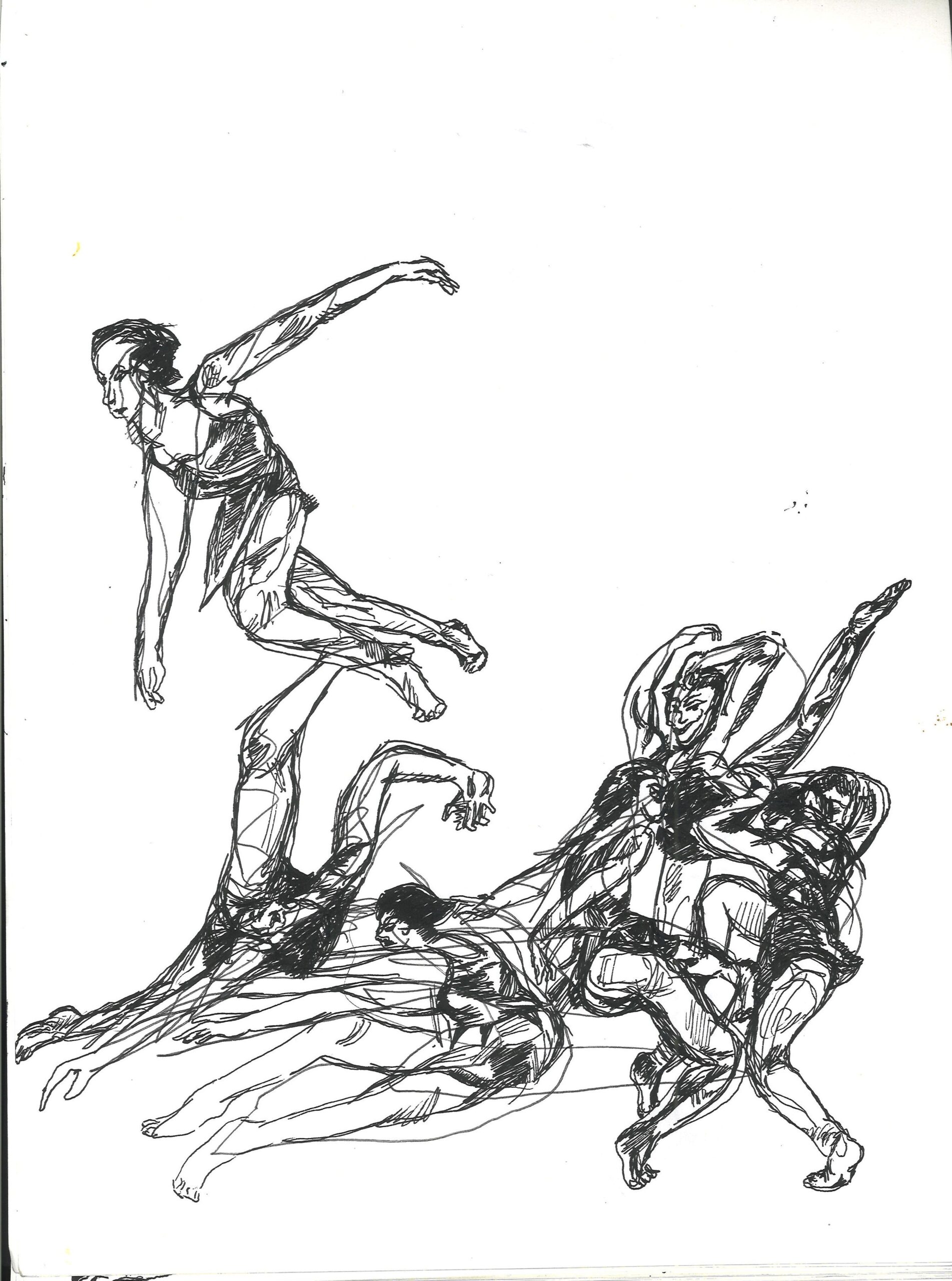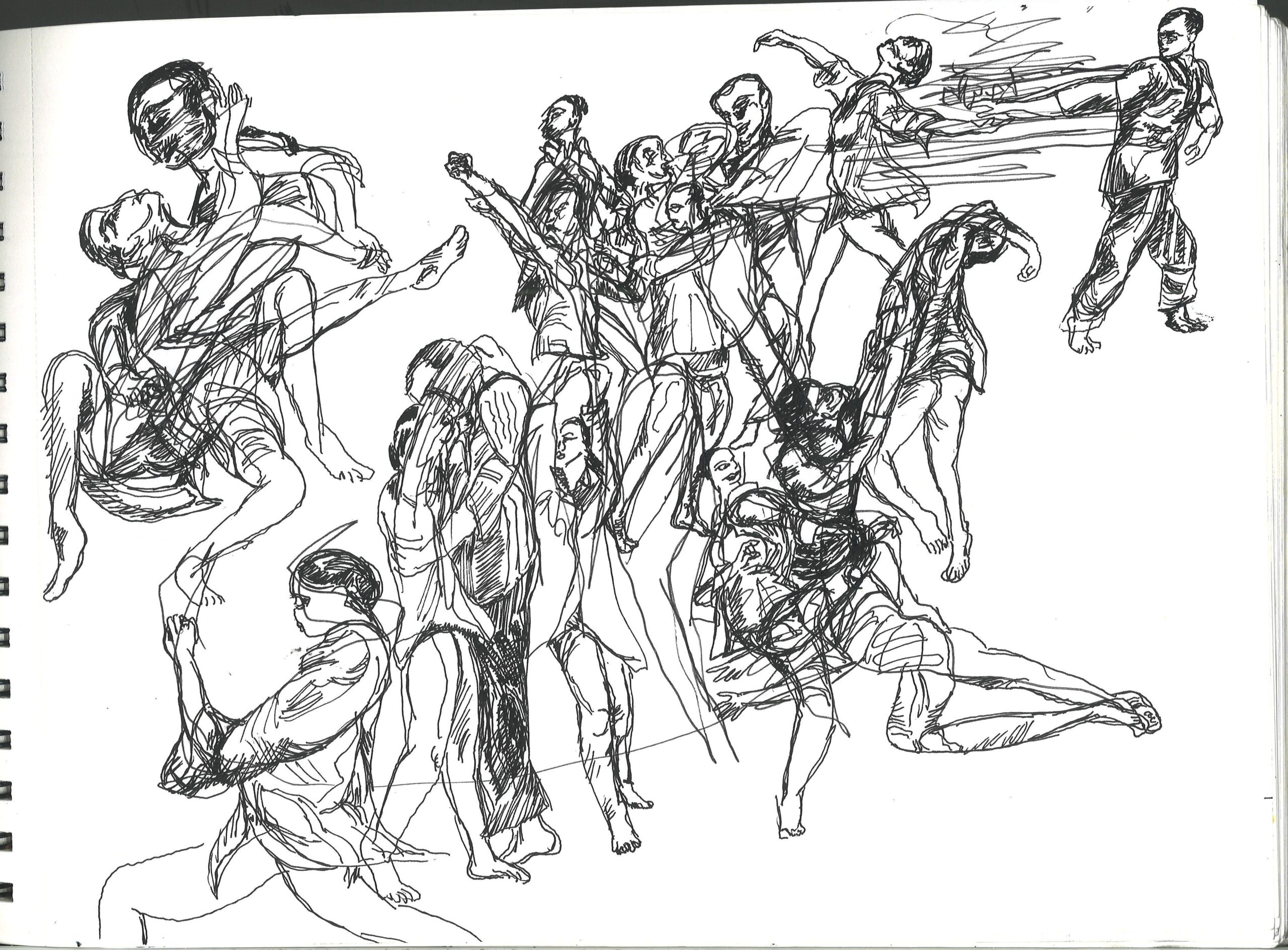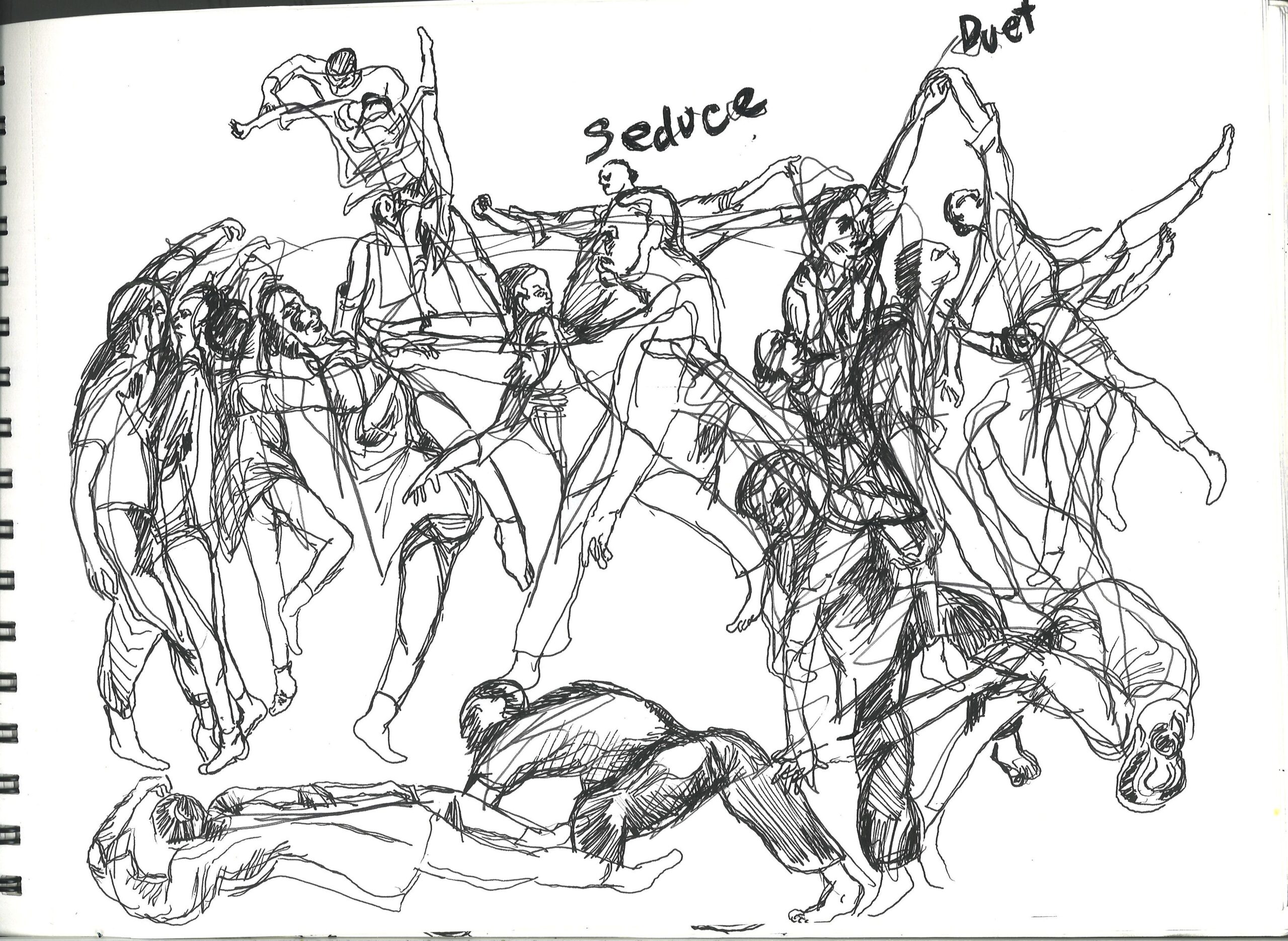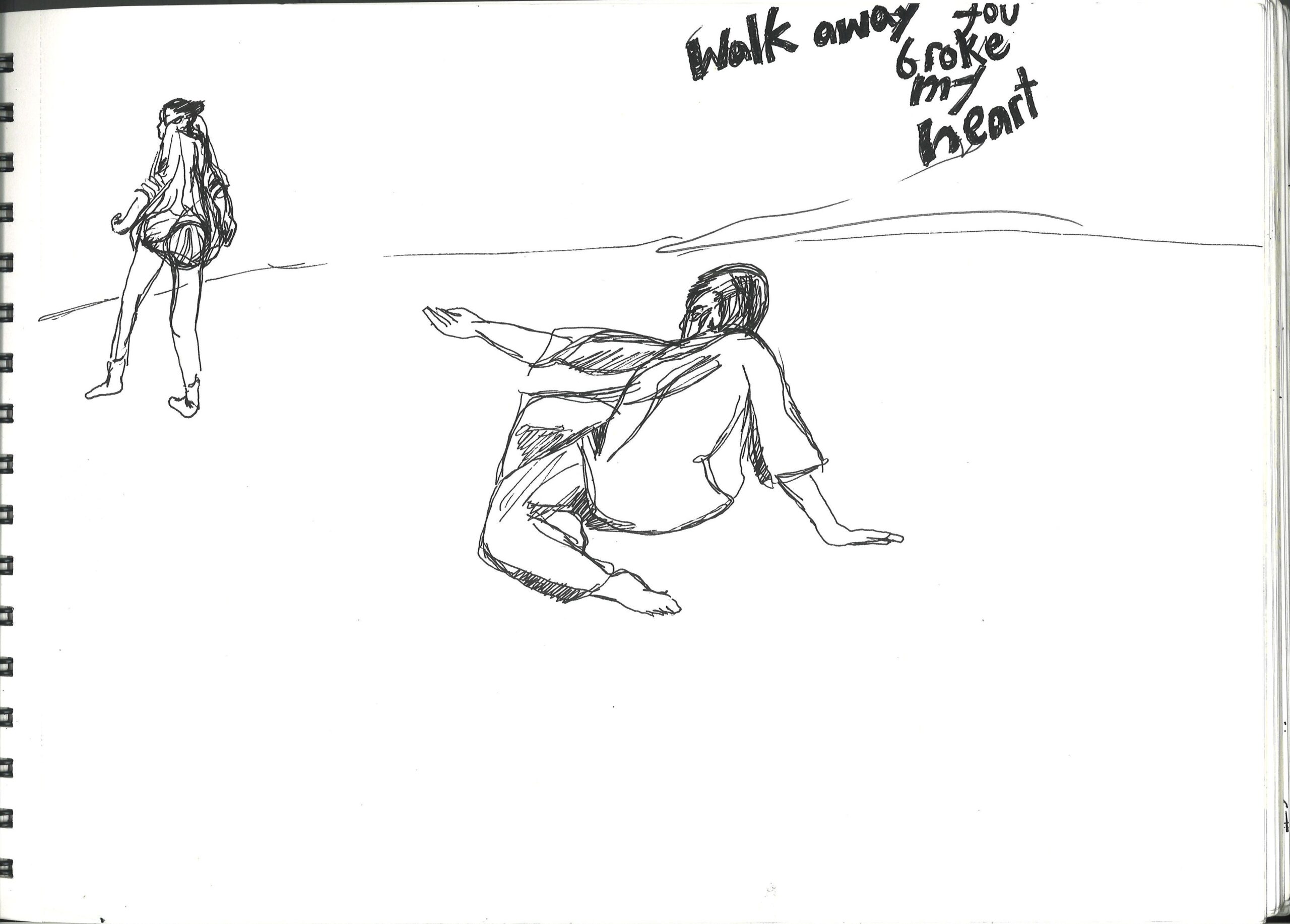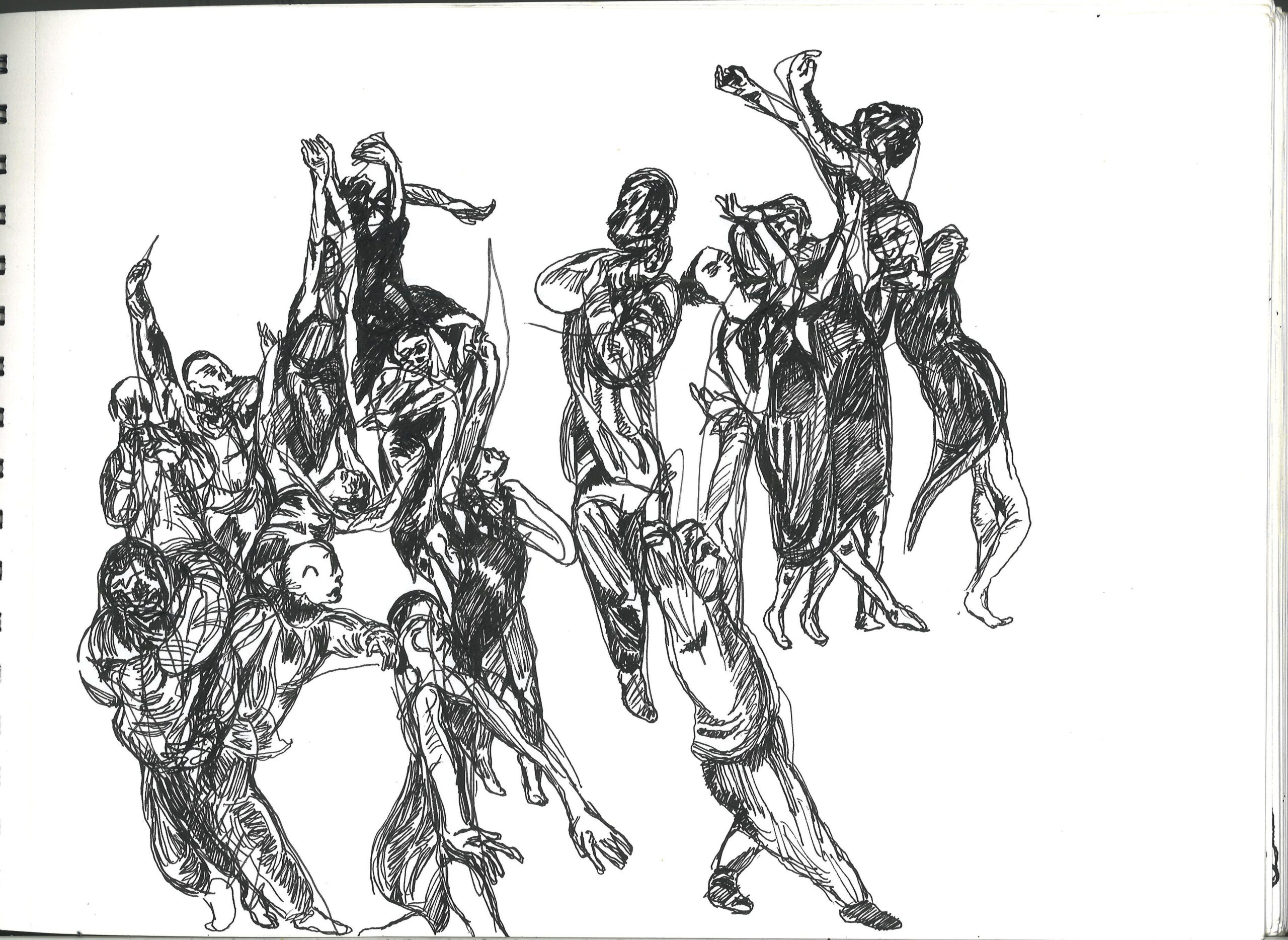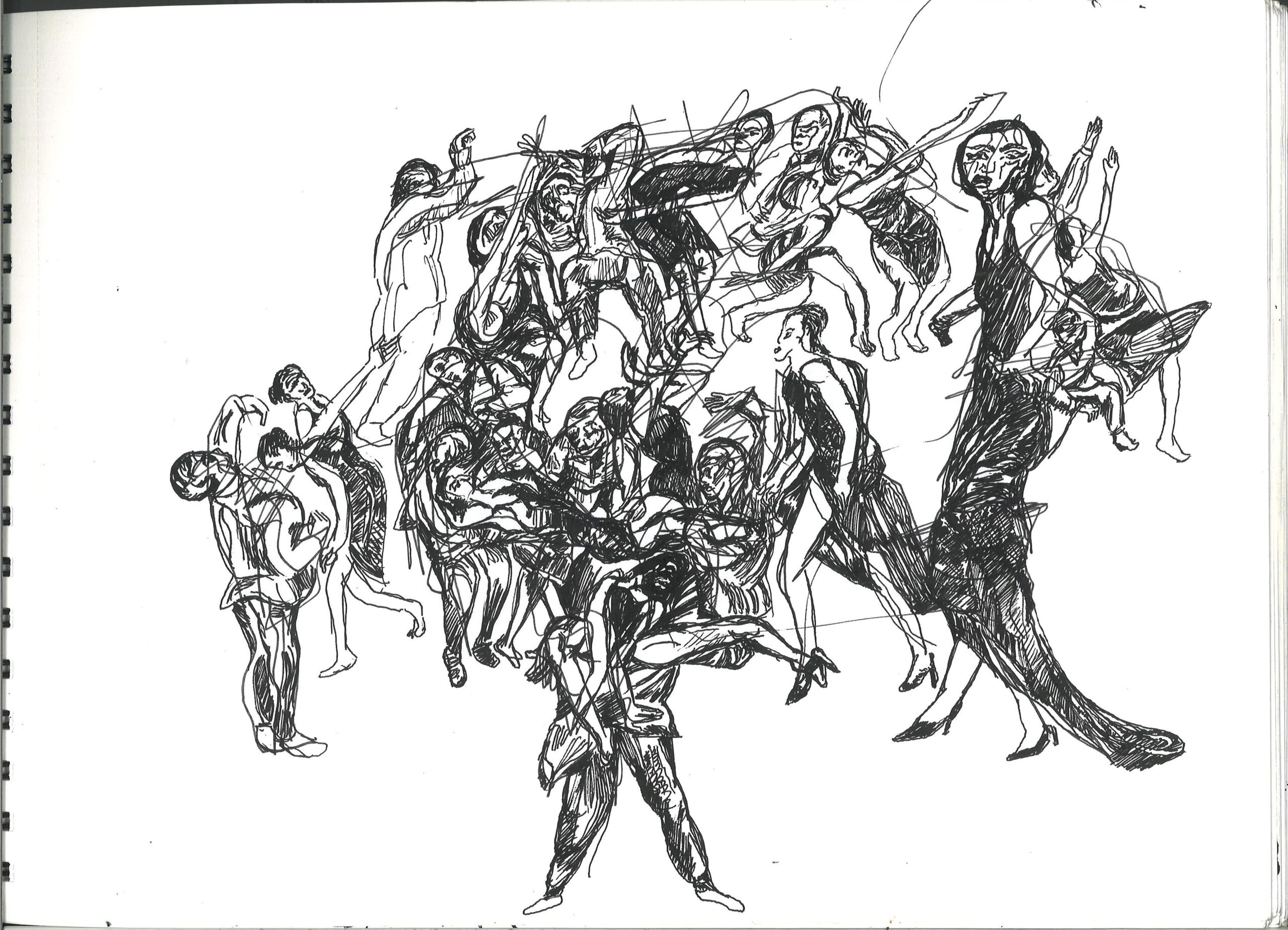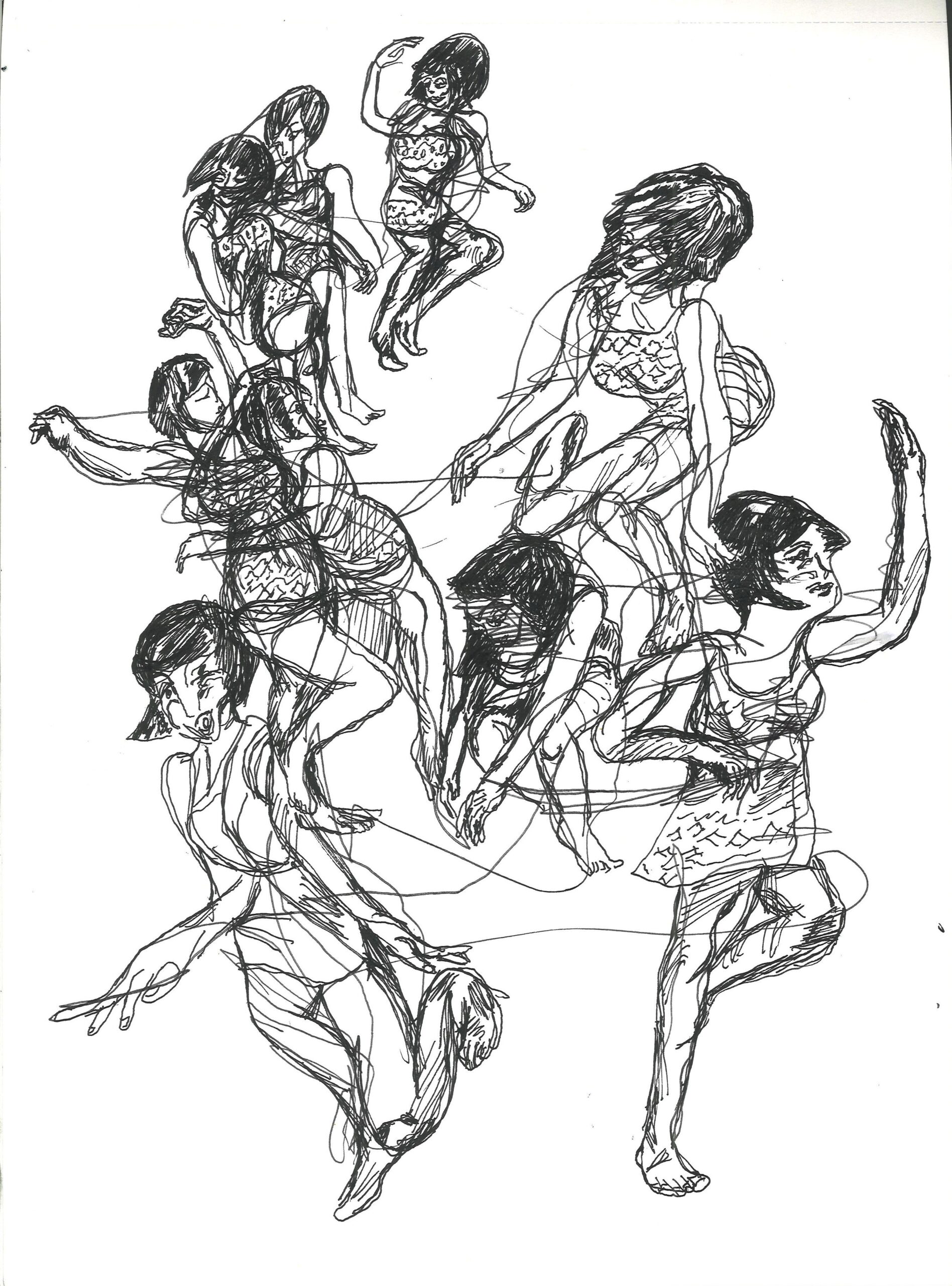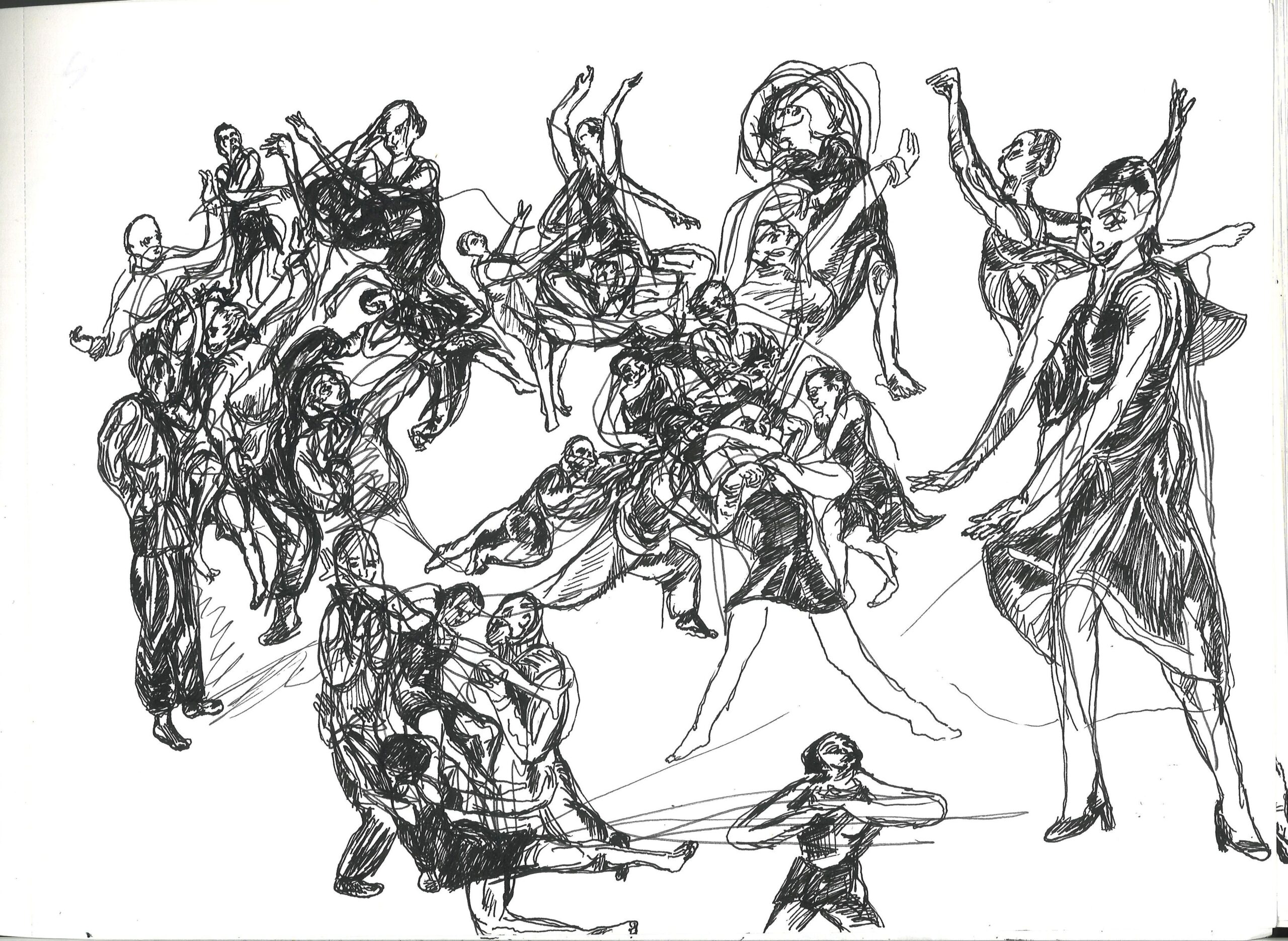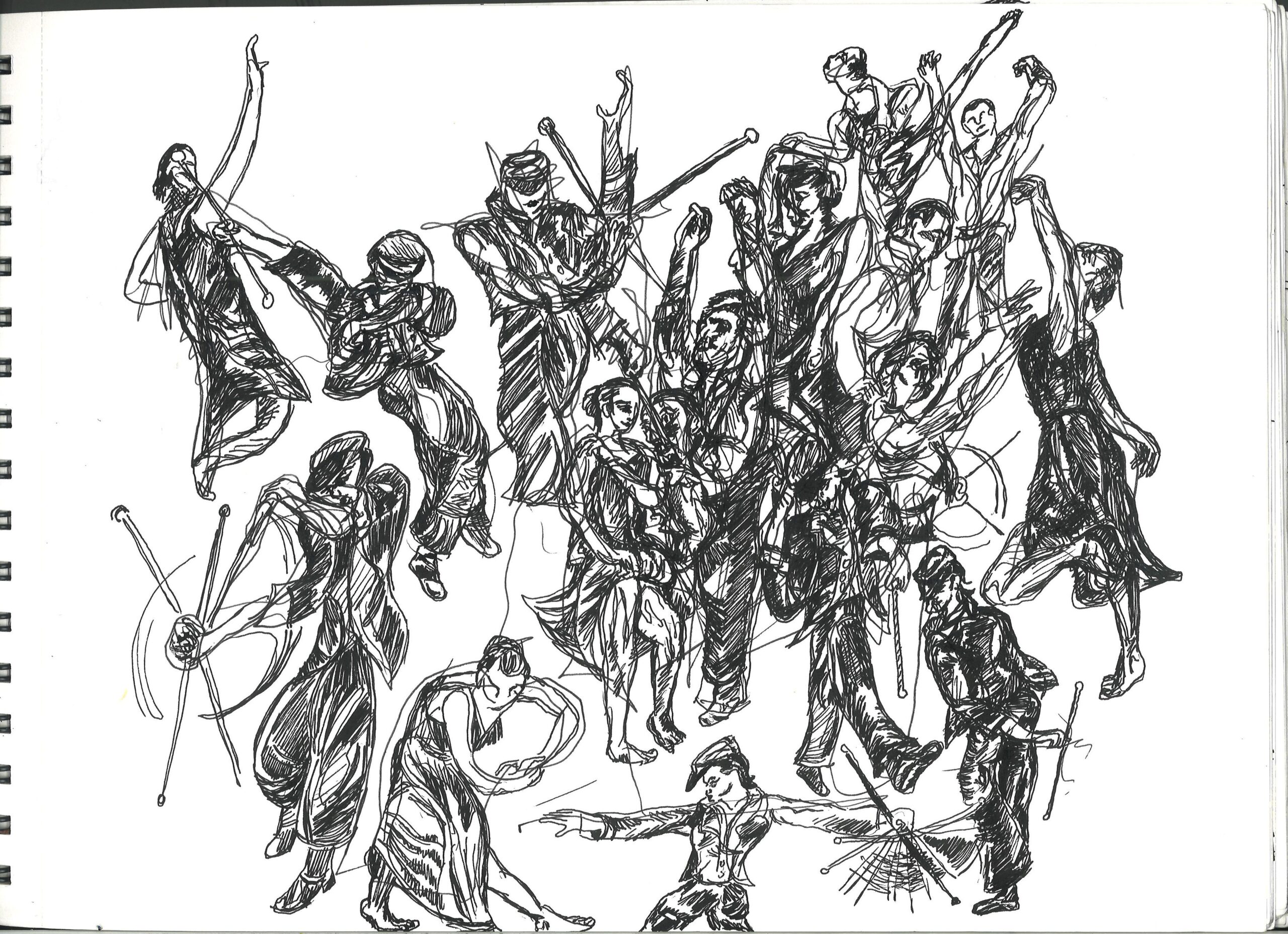The open ended reality of the masked ball through the ages, eclipsed by the timelessness, Koresh Dance catapults its way into realms of a dream or fantasy.
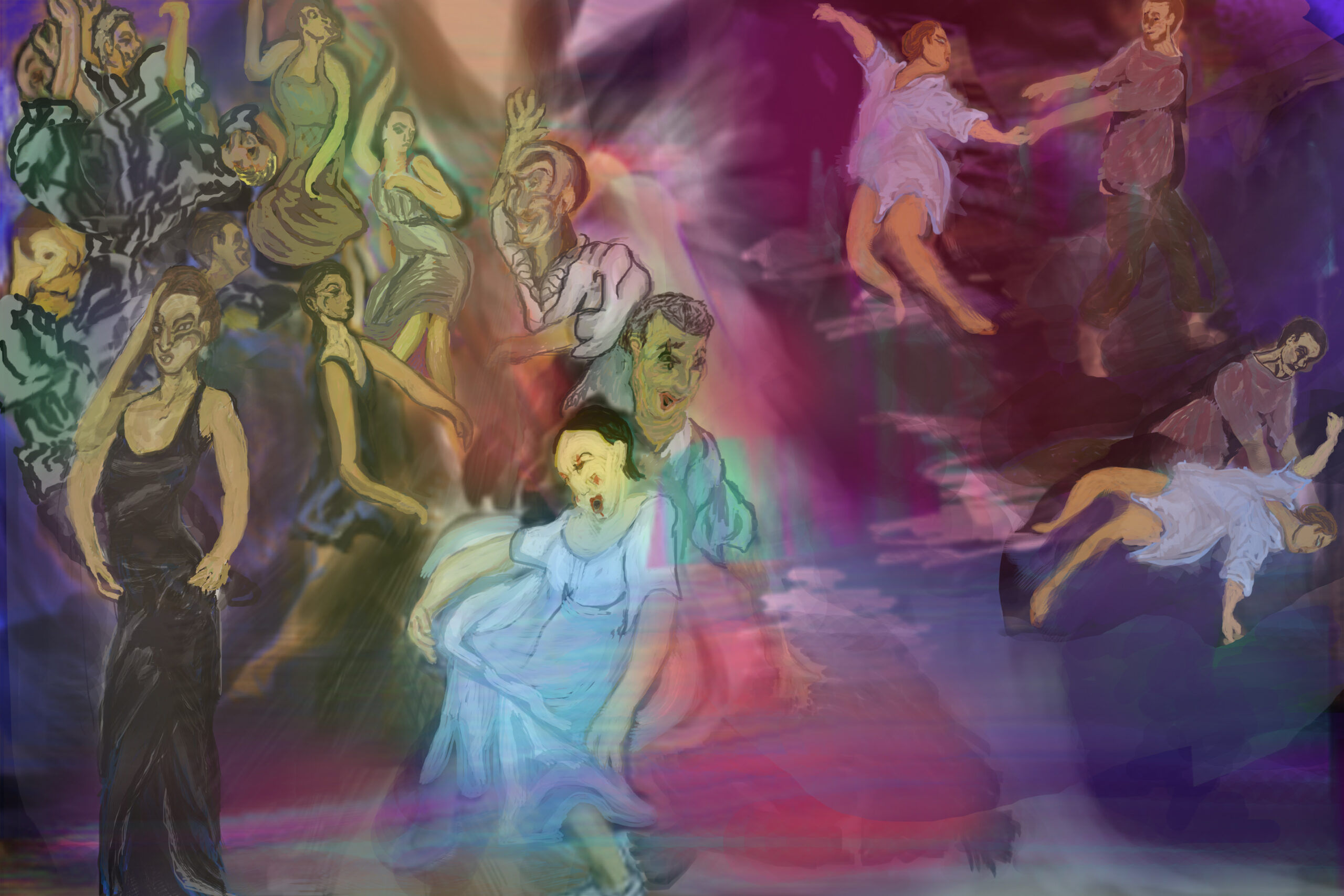
A dual presence on stage with live singing by Sage Deagro-Ruope, searching for something more human. Impressively standing together with this band of dancers, exploring the ribbons of thoughts connected to this masked ball.

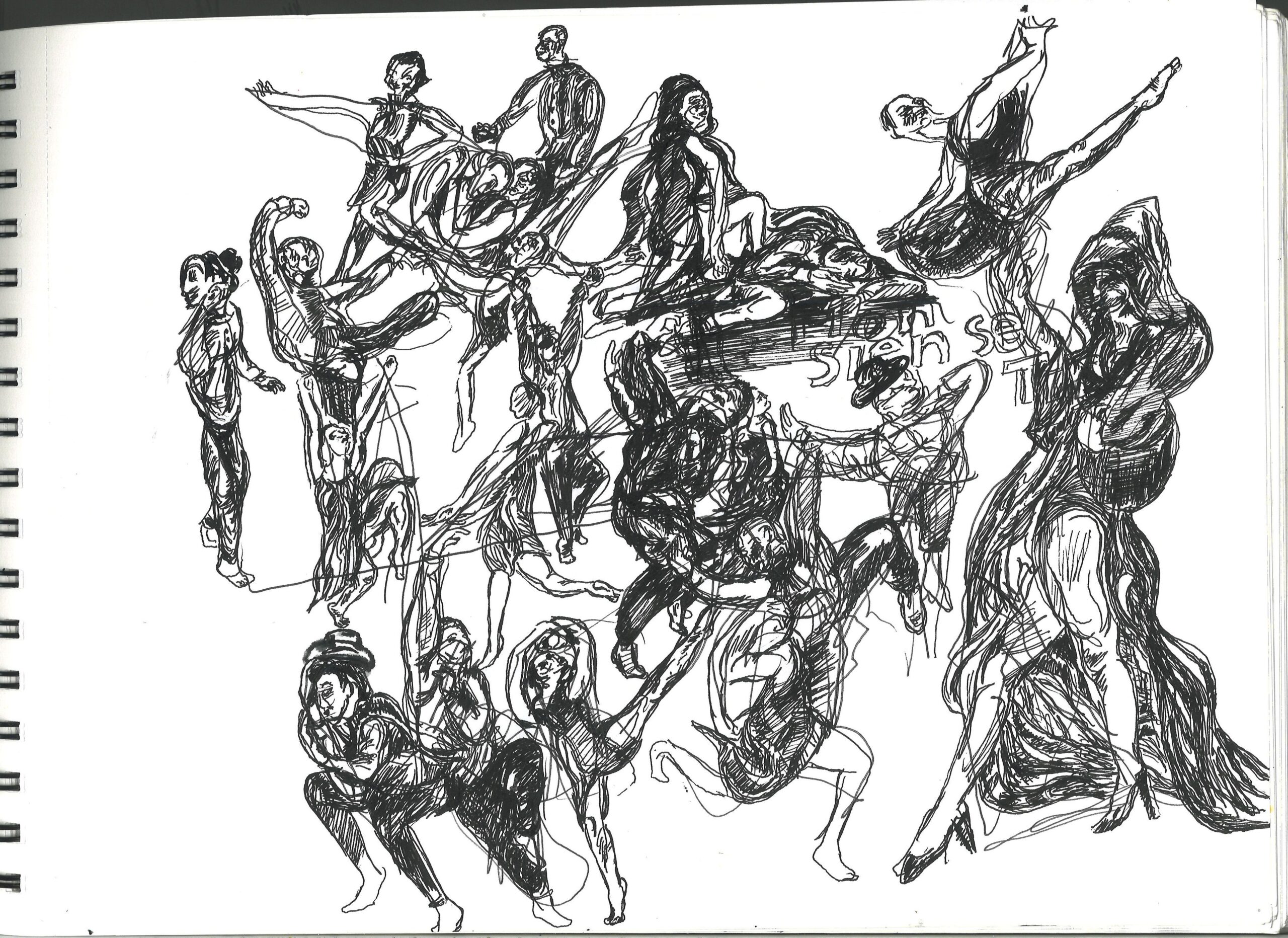
With many twists, darker or just more intensely creeping into our subconscious brought many sides to this heroine’s story. In the naked fashion of Danté and Virgil, looking onto a scene of eternal conflict. In excerpts from opera’s classics, poetry, and original text by Koresh, sung by Sage whom adapted the visual form into an ethereal sensational performance.
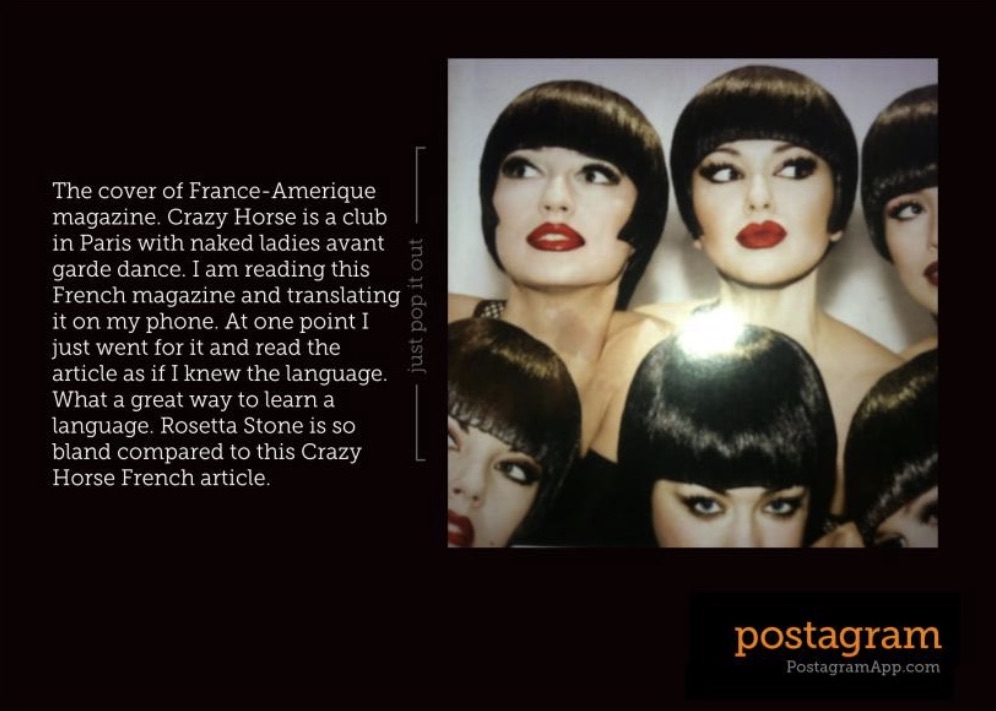
The influence aside, around the time period of experimenting in urban centers around the world, the exposure of different cultures transcends language to explore our recollection of diversity in a worldly fashion.

Introducing the technique, Gaga from the deep roots of the Israeli born choreographer, Ronen Koresh. Objective of the contemporary dance company in its many forms replicates rooms for feeling we had entered into new spaces with the dancers. The detachment from our physical space continually transitions for this free form of thought. This design actively envelopes audiences in an immersive quality surrounding the theme and paradigm for having this masked ball.
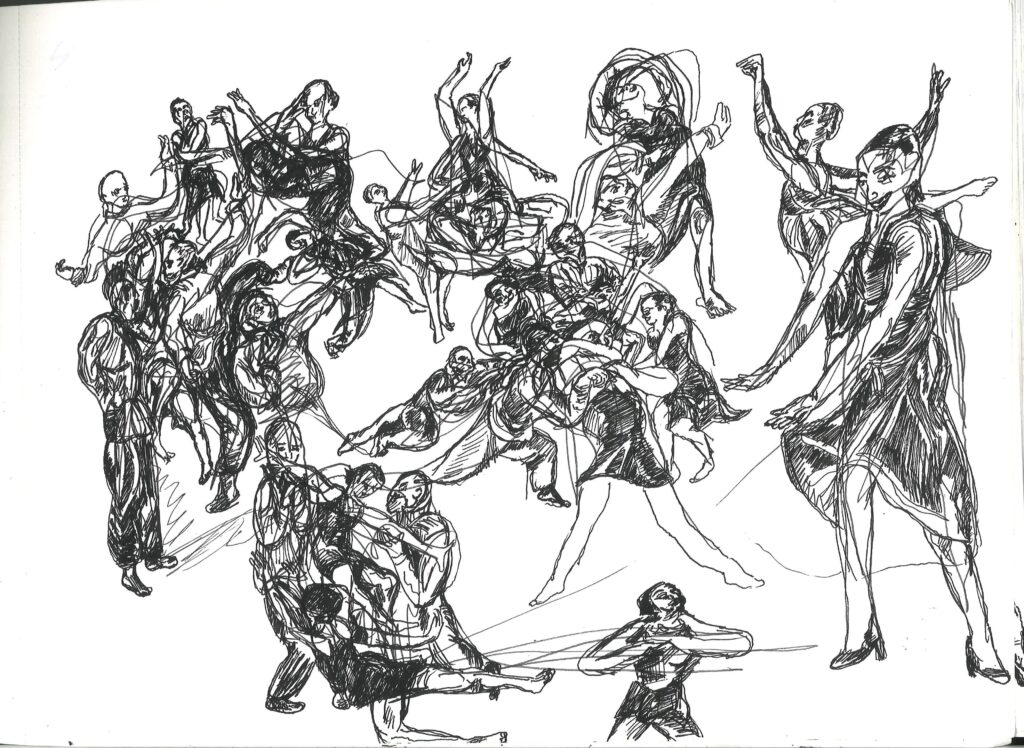
Influences collaborate on communicating the many languages sung, thus grasping vital expressions at the edge of the stage with singing, and the scene behind Sage, in a rollicking scene of many transitions. Debauchery quickly turned to dreams away from our former state or perspective on the stage.

The closer this ever-evolving dance amounted to a single subjective world, just when we imagined the social or political substantiality, it looses footing of the real and bargains an essence of dancing and dreaming. Masked balls beginning in the 15-16th century Europe called for outrageous displays of liberated societies, or environments constructed to pervade our imaginations. The scene evoked the in’s and out’s of a very delicate nature in terms of connecting with our fantasy through the dreamy escape from the mask of human nature.

The intense energy of the dance, of course implodes on the audience with sens classical rays of a medieval dusk, sunlight shining through multi-colored stained glass, and a dingy old manor that was once grand, but rests in somber for another day. This setting excites imaginations, in layers of seductive, gothic, and jesting, and mystery. All qualities of the carnivalesque type which advances the arts of illusion, but dissolves many times fading into the next side show, fun house, or master of the baton.
It revolved around this historic note on medieval festivals, and performance from the renaissance artists that transformed the space. Contrasting with the beating bass of more electric fluid movement that trends from the Gaga Style, and jazz movements that complement the vision for Koresh Dance.
The personal taste of the dancers, portray the Masquerade figuratively, to peel the layers of necessity which lie above the surface. In order for us to reveal that which lies behind the mask, poetically measured to reflect the isolated psychological being.

The tone echoed with the fluency of the dance, disappearing into the forms, reflecting on the program and in the poetry of “Apart Together,” and “Together Apart.” A very real implication that the mask, in the quotidian effect, the poetry gave insight into the actual life of societies masked superficialities. The rhythmic variations throughout the dance, ascending with arias, and horizontally executed by orienting our focus on the assertion that this place is from a Decameron string of stories.
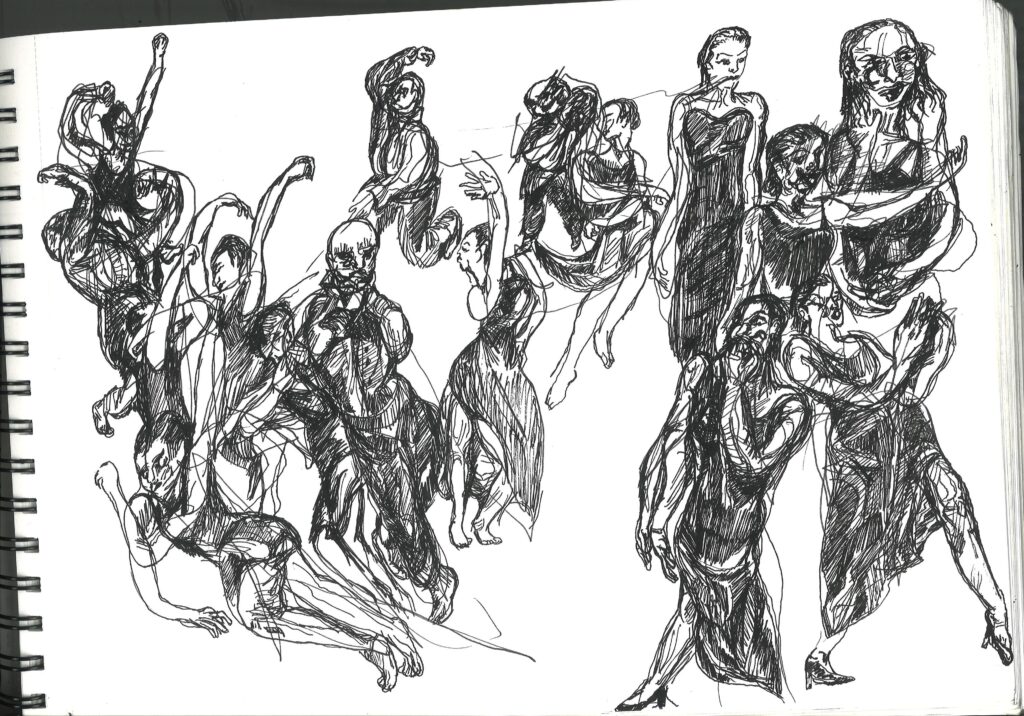
The mirror of nineteenth century literature can be a dramatic usage here, when we dream in non sequential order for dreams of places, persons, and their seductive natures.
